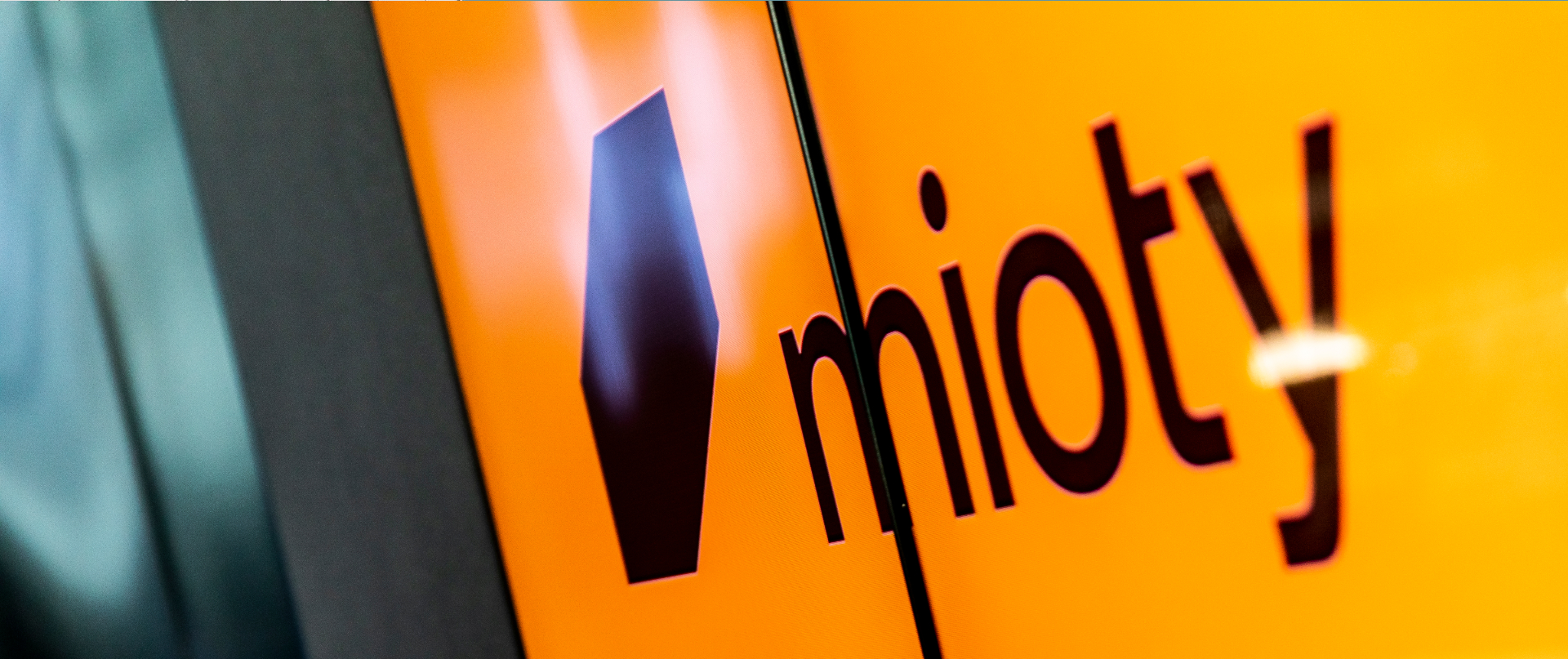Long-power wide area network technologies are game-changer for successful IoT deployments. Their characteristics such as long-range and deep penetration, low power consumption and low set-up and operational costs made it possible to deploy IoT networks in places that were previously difficult to reach and enabled solutions in all sectors and lowered the level of knowledge required that often represented, along with high costs, a barrier to entry and an obstacle to the adoption of the Internet of Things. mioty is no exception, plus, its advantages make it particularly suitable for specific sectors.
Industry 4.0
Industrial sites are frequently subject to great interference while requiring a large number of sensors to monitor numerous processes under often extreme conditions. Process Optimisation and Predictive Maintenance solutions particularly benefit from the high interference robustness and high capacity of mioty networks.
In other cases, remote sites such as mining platforms, quarries, construction sites need wide (and deep) coverage as well as easy deployment and maintenance in complex environments. Asset Tracking and Condition Monitoring are typical applications in these contexts.
Mobility
mioty provides extensive coverage and allows end nodes and base stations to operate while moving at up to 120 km/h without performance loss. Ideal features for mobility and logistics solutions. Asset Tracking, Fleet Management (both in urban and rural areas), Cold Chain Monitoring are typical application in this field.
Smart Cities & Utilities
Smart city solutions are becoming more and more common and, with increasing use cases such as smart parking, smart lighting, green area management, waste collection, environmental monitoring (air and noise pollution), asset tracking to name a few, it becomes necessary to employ energy efficient, interference and collision robust, scalable transmission technologies. mioty meets all these requirements.
As far as utilities and the smart metering sector are concerned, these solutions require high-density sensor infrastructures.
Smart Buildings
As for cities, buildings, and in particular critical infrastructures such as airports, museums or large constructions, benefit from a wide range of applications and use cases requiring a growing number of sensors in well-defined areas. The high density of end points is the basis for the recent definition of Massive IoT, which is what certain classes of buildings/infrastructures require.
The challenges are to increase environmental sustainability, reduce energy consumption and improve management processes and property maintenance. Plus an increase in the quality of the services these facilities offer.
Contact us!
